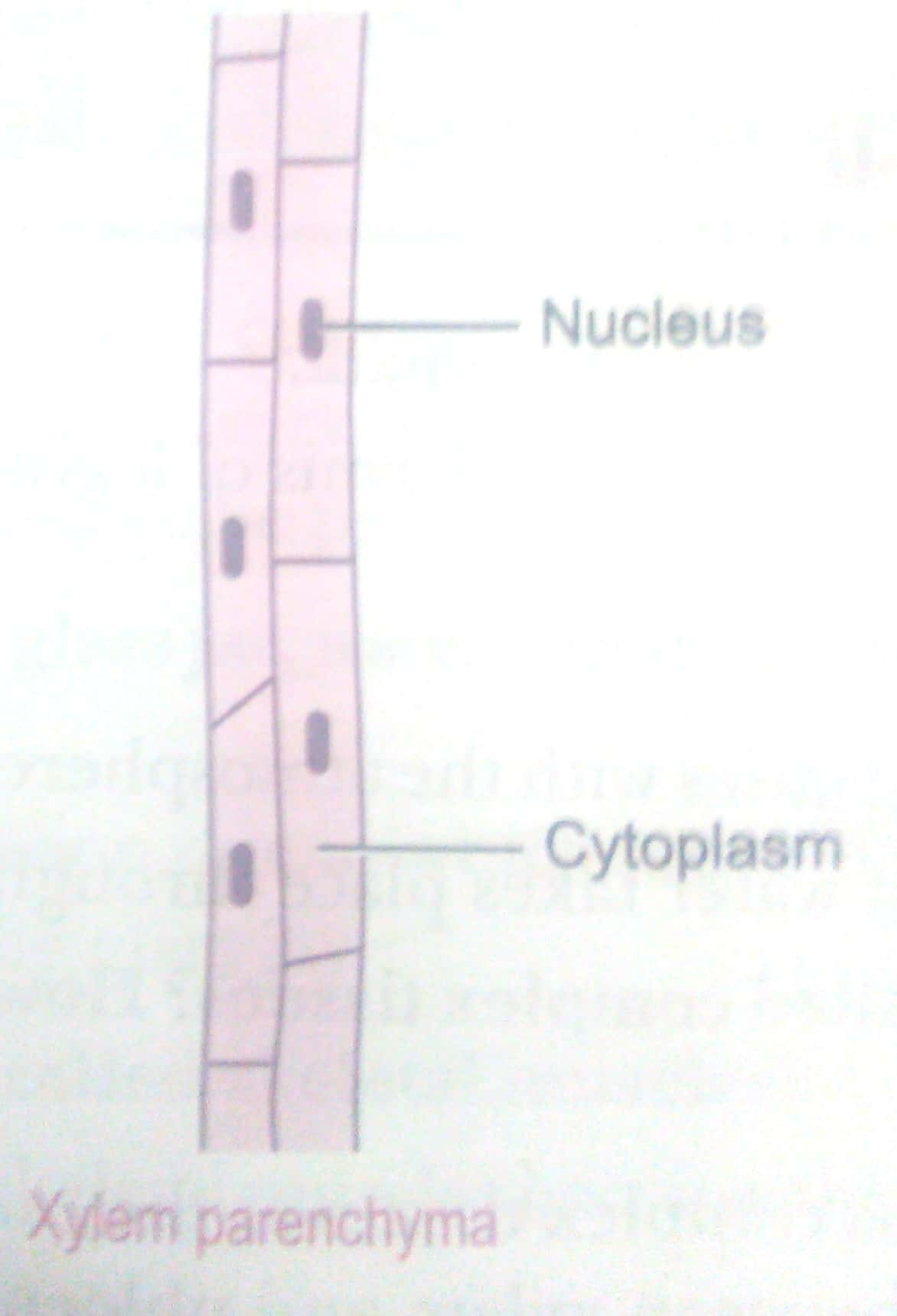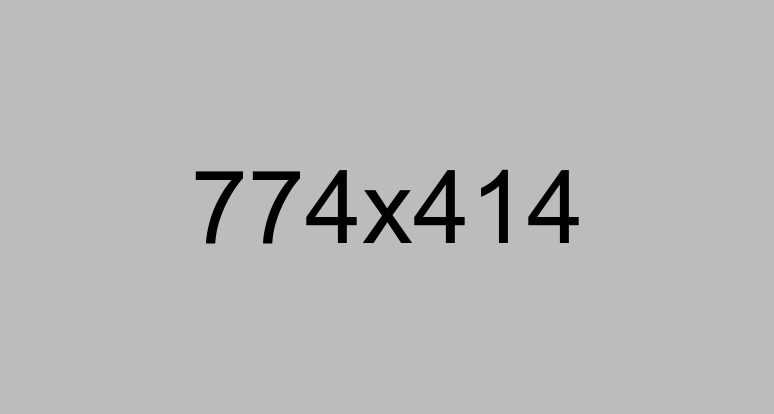Short Answer Questions – II - 3 Marks
Q1. Describe the structure and function of stomata.
Ans. Stomata are small pores present in the epidermis of leaves and are enclosed by two kidney-shaped cells called guard cells.
Function of stomata:
(a) Necessary for exchanging gases with the atmosphere during photosynthesis and respiration.
(b) Transpiration, i.e., loss of water takes place through them.
Q.2. Why are xylem and phloem called complex tissues? How are they different from one other?
Ans. Xylem and phloem are called as complex tissues as they are made up of more than one type of cells. Following are the differences between xylem and phloem:
|
Xylem |
Phloem |
|
1. Xylem mainly consists of dead cells (except xylem parenchyma). |
1. Phloem consists of living cells (except phloem fibre). |
|
2. It conducts water and minerals from roots to aerial parts of the plant. |
2. It translocates prepared food from leaves to storage organs and growing parts of the body. |
Q3. Write a short note on xylem.
Ans. Xylem is complex permanent tissue and is also known as conduction tissues. It consists of tracheids, vessels, xylem parenchyma and xylem fibres. The cells have thick walls, and many of them are dead. Tracheids and vessels are tubular structures. This allows them to transport water and mineral vertically upwards. The parenchyma stores food and helps in the lateral conduction of water. Fibres are mainly supportive in function.
Q4. Write a short note on phloem.
Ans. Phloem is a complex permanent tissue. It is made up of four types of elements: sieve tubes, companion cells, phloem fibres and the phloem parenchyma. Sieve tubes are tubular cells with perforated walls. Phloem transports food from leaves to other parts of the plant. Except for phloem fibres, all the phloem cells are living.
Q5. Write a short note on blood.
Ans. Blood is a type of connective tissue. It has a liquid matrix called plasma, in which the red blood cells (RBCs), white blood cells (WBCs) and platelets are suspended. The plasma contains proteins, salts and hormones. Blood flows and transports gases, digested food, hormones to tissues and waste materials from tissue to the liver and kidney.
Q6. What are involuntary muscles? Where are they found?
Ans. The muscles which do not move on our will are called involuntary muscles. The movement of food in the alimentary canal or the contraction and relaxation of blood vessels are involuntary movements. These muscles are also called as smooth muscles. They are also found in the iris of the eye, in ureters and in bronchi of the lungs.
Q.7. Differentiate between voluntary and involuntary muscles. Give one example of each type.
Ans. Voluntary muscles can be moved by the conscious will when we want them to move. For example, muscles of limbs or skeletal muscles. Involuntary muscles function on their own. We cannot start or stop them from working by our desire. Examples are cardiac muscles and smooth muscles.
Q. 8. Name the different components of xylem and draw a living component.
Ans. Xylem consists of tracheids, vessels, xylem parenchyma and xylem fibres. The only living component of xylem is xylem parenchyma.


